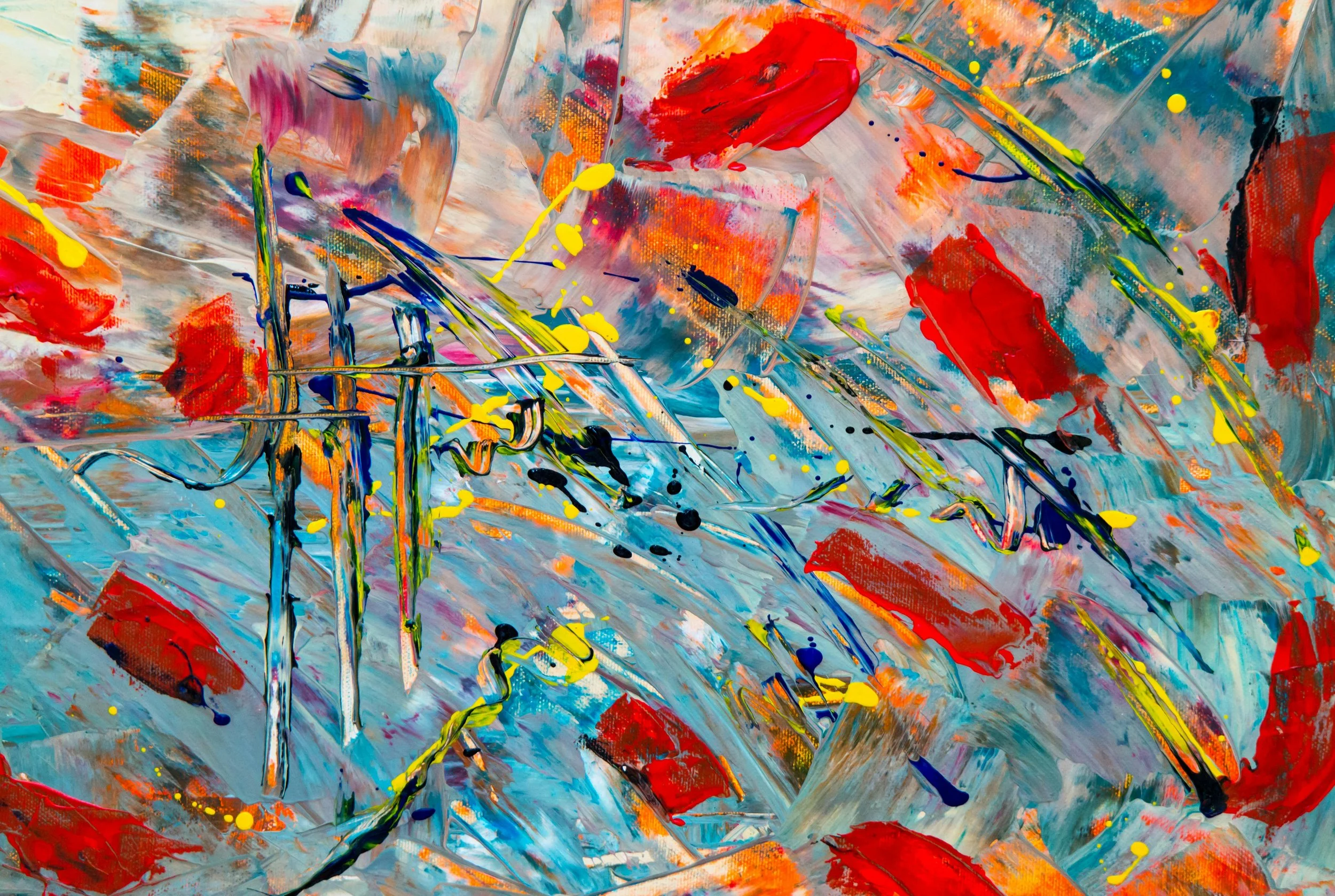A celebration of Augusta’s local farms, food producers, agri-businesses, and urban agriculture innovations.
Read MoreA celebration of Augusta’s local farms, food producers, agri-businesses, and urban agriculture innovations.
Read MoreThese careers emphasize accessible, hands-on opportunities that students can start right now, either through internships, side businesses, or community projects.
Read MoreI’ve never been a protein powder kind of guy, but we are now, if it keeps me out of the O.R. I found a basic protein bar recipe online. Tweaked it a bit to include Greek Yogurt.
Read MoreGetting Started with Farming: A Guide for Women Who’ve Never Grown a Thing (But Have Big Dreams)
Read MoreIf you're an artist navigating this challenging journey, you're not alone. With the power of creativity and community, you can find ways to thrive even amidst the storm.
Read MoreCommunity arts and cultural resources may be part of the solution, mobilized in the face of tragedy to help survivors heal. While traditional mental health care is critical, it is also clear that, in times of crisis, people often seek out the arts and creative practices.
Read More“By using different art processes—drawing, painting and ceramics, for example—you can better understand and dive more deeply into your thoughts and feelings,”
Read More







